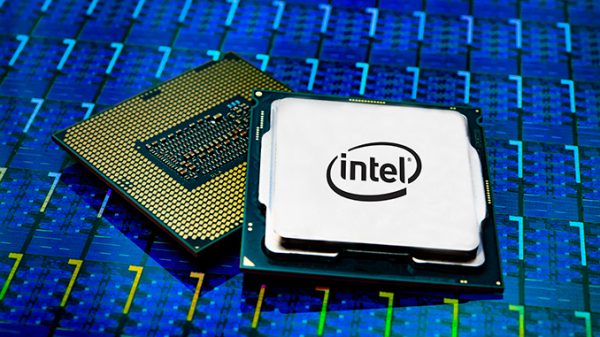For the first time, researchers have performed a version of the famous double-slit experiment with antimatter particles.
The double-slit experiment demonstrates one of the fundamental tenets of quantum physics: that pointlike particles are also waves. In the standard version of the experiment, particles travel through a pair of slits in a solid barrier. On a screen on the other side, an interference pattern typical of waves appears. Crests and troughs emerging from each slit reinforce each other or cancel each other out as they overlap, creating alternating bands of high and low particle density on the screen.
This kind of experiment has revealed the wave-particle duality of photons, electrons, atoms and even large molecules (SN: 11/20/10, p. 20). But its very difficult to generate a strong, uniform beam of antiparticles to do the experiment with antimatter. Now, a new double-slit–style experiment, reported online May 3 in Science Advances, has confirmed the wavelike nature of the electrons antimatter counterpart: the positron.
The researchers designed a device in which positrons, generated through the radioactive decay of the isotope sodium-22, travel through two successive rows of vertical rods less than a micrometer thick. The gaps between these rods, each a few hundred nanometers across, work like the slits in the classic double-slit experiment. The positron waves propagate out to a nuclear emulsion detector, where the antiparticles alter the chemical structure of silver bromide crystals.
The nuclear emulsion detector “is like a photographic film,” says study coauthor Marco Giammarchi, a physicist at the NationaRead More – Source
[contf]
[contfnew]

science news
[contfnewc]
[contfnewc]























































